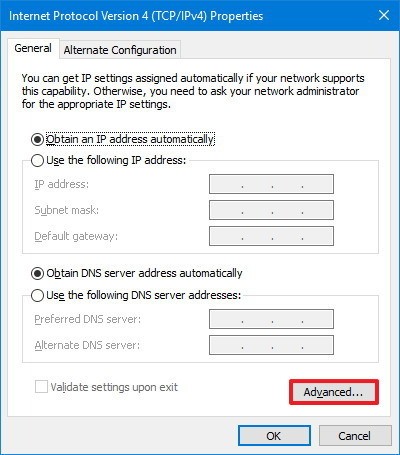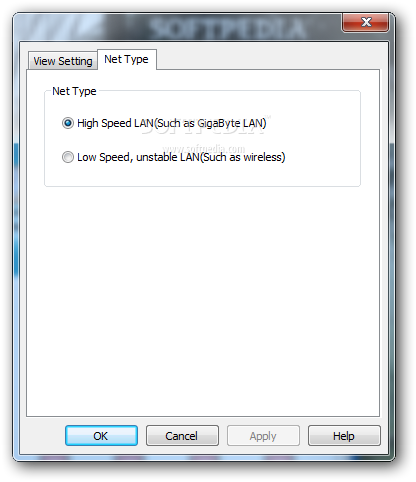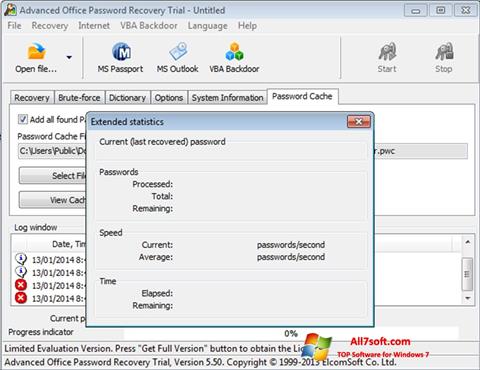

These two are also to be found in the toolbar of the main window. It has two important functions of TCPView: show unconnected endpoints and resolve addresses. The file menu has the whois and close connection options (you can apply these to any of the processes, if available) and the "save/save as" feature that will let you make a text file as a log of your connections. The process list has a header with titles for each column: process, protocol, local address, remote address and state. The program starts into a classic window which consists of a main area (the place where all the processes are listed), the menu and a toolbar with four shortcuts to options that you can also find in the menu. With UDP some network applications can save a lot of time, especially if they have small amount of data to exchange.

The UDP (User Datagram Protocol) is also a high-level Internet Protocol that uses a direct approach of data connection. It is the base on which all the network hosts connect to each other, exchanging the packets. The Transmission Control Protocol (TCP) is the heart of the Internet set of protocols.
Tcpview windows 7 64 full#
TCPView is a reliable networking information tool, it's freeware and displays full information about TCP/UDP endpoints on your PC. Remember the story with that Sony CDs rootkit? Well, he is the man who discovered that. TCPView was programmed and put to life by Mark Russinovich, which is actually one of the most respected and appreciated experts in "Windows Internals" team.
Tcpview windows 7 64 software#
The software I'm going to review today is called TCPView, it is of more help that Netstat and comes with a GUI.īefore continuing, I must say a few words about the developer of this little tool. Microsoft ships its OS with Netstat program, which displays in a text line interface all the opened connections at a certain time. In other words, the fewer nodes the signal travels, the shorter your waiting time will be.

This circle is complete in about a few seconds, depending on your bandwidth (the larger the better) or how far you are from the computer where the data you asked for is stored. That signal circulates through a number of internet points (DNS and web servers, gateways, routers, switches) to accomplish what you have asked for, then returns to your application releasing the results for your view (a web page, file download, a loading list, etc.). Have you ever asked yourself what is happening when you open your web browser, type in an address and press enter? Or when you go online through your usual applications, like IM software, online games, antivirus and so on? At that moment you make a request.


 0 kommentar(er)
0 kommentar(er)
